Remembrance.
Three million Polish jews were murdered in the Holocaust, more than one million in the concentration and extermination camp in Auschwitz and Birkenau in Poland.
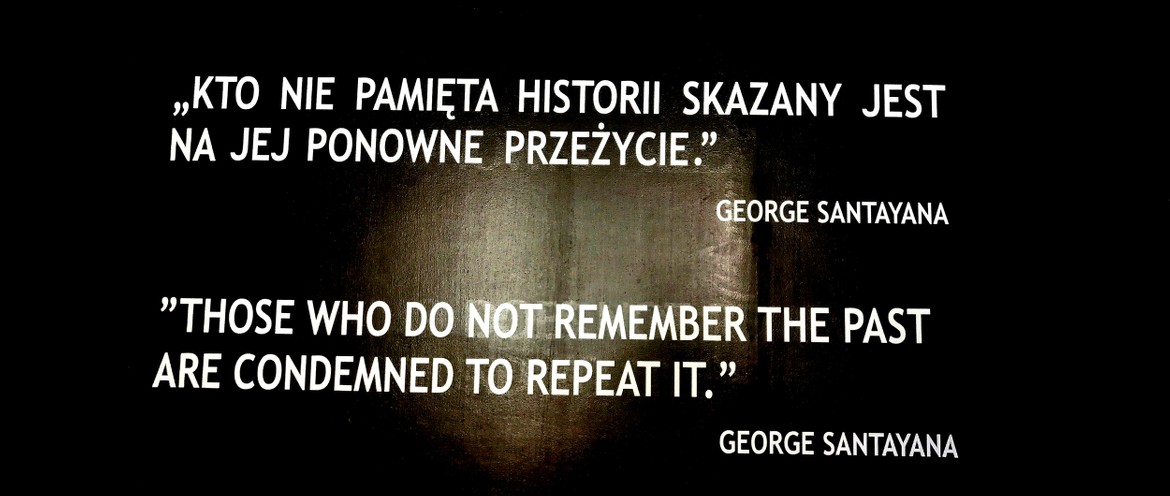
According to a study 41% percent of Americans, and 66% percent of millennials, cannot say what Auschwitz was (New York Times, 2018). Is the Holocaust fading from memory? At least the number of people who visit the memorial in Auschwitz has been increasing since the 90s and in 2018 more than 2.15 million people visited the place of death (Auschwitz Website). So what was the trigger for the growth which started in the 90s? Have more people learned about the Holocaust in school, or have people become more sensitive to this topic? Of course, there are many reasons, but one important trigger was Schindler’s List in the 90s - the Steven Spielberg Hollywood movie. After the release of the “blockbuster”, the first German and English tours were offered in Auschwitz. People suddenly started to care about the small town Oświęcim in the South of Poland - including myself:
I am from Austria, and we also finally, but way too late, started to accept that we weren’t just victims in the Second World War as often claimed as kind of an excuse. We - Austrians - were actively involved.

I have learned a lot about the Second World War and its cruelties in school and have visited several resistance museums including the very intense Museum of the History of the Polish Jews in Warsaw. Nevertheless, I have never experienced such a depressing atmosphere as in Auschwitz. The size of the camps is unbelievable and it is still unimaginable how this could have happened. Even nowadays, when you look at the blue sky and the beautiful innocent landscape, it is difficult to imagine what cruelties took place there.
Take a seat next to Karski and listen
Based on fear and lies, it was possible to build huge extermination camps and gas chambers and kill people over the years without any big uprisings in the camps. Even the Western Allies had been denying the existence of extermination camps for a long time.
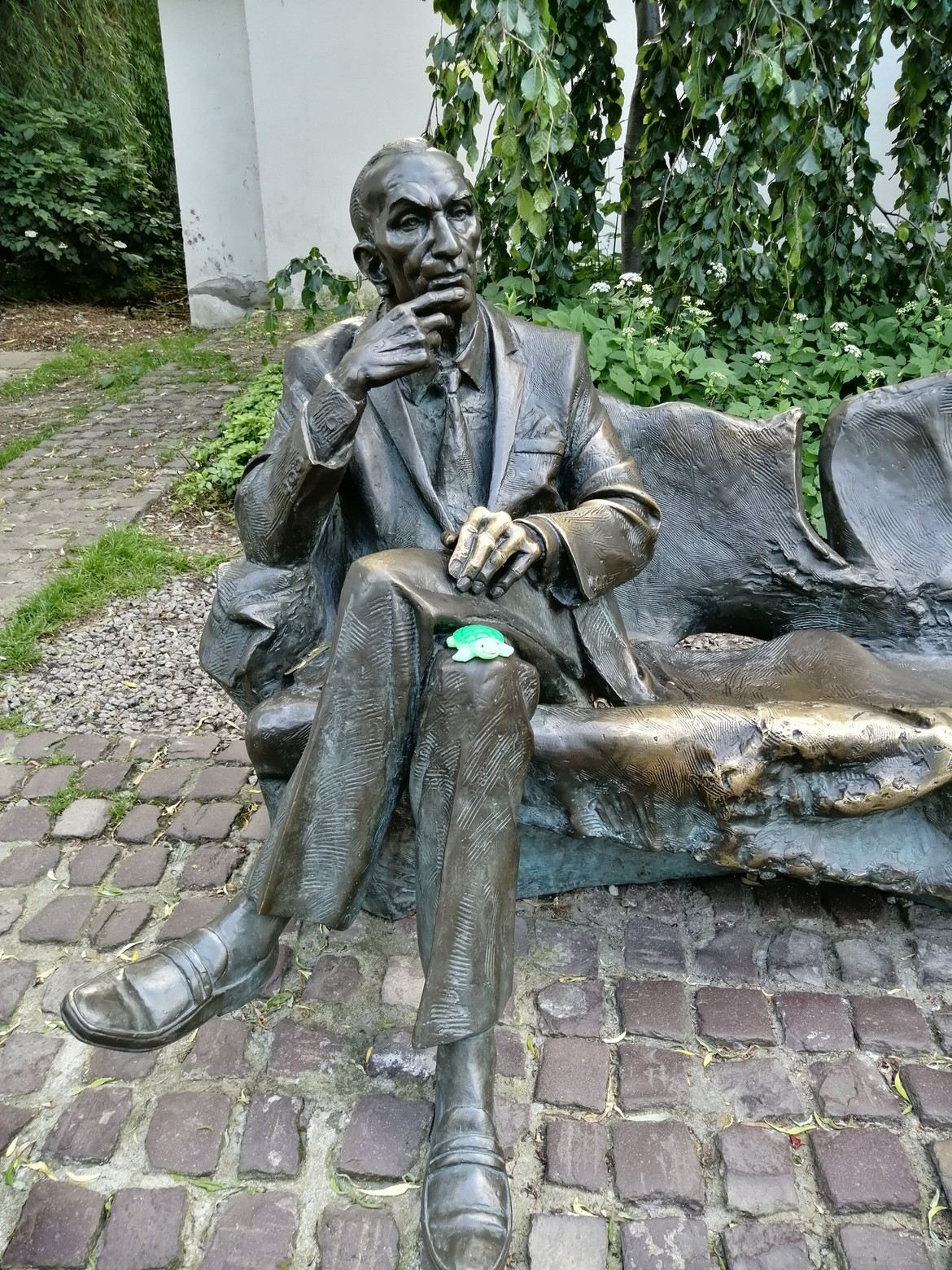
Jan Karski, an eyewitness of the Holocaust, traveled to England and the United States in 1942/43 and met with President Franklin D. Roosevelt in person, who also didn’t believe him when he heard about the death camps. Apparently, it was, or unfortunately it is, still often easier to close the eyes.
The memorial and museum tour
During the normal opening hours, it is only possible to get into the museum Auschwitz with a guide. There are tours which are offered by the museum itself and there are also tons of tour operators that offer full packages including transport from e.g. Krakow. Most of the tours take around 3 hours in total to visit Auschwitz and the bigger extermination camp Birkenau (10 minutes bus ride from Auschwitz).
I booked on the official website visit.auschwitz.org the longer “study” tour of 6.5 hours, which is offered by the museum in several languages. The number of tours organized by the museum itself is quite limited and therefore, you should book it several weeks in advance if you want to get one of the museum’s guides. Our guide has been working for the museum for more than 15 years, told stories about survivors who he had met in person, took us to his selection of exhibitions and explained everything in detail. When asked a question, he always knew the answer, quoted survivors he had met or relevant books, including their exact title and author.
I booked the longer tour as there wasn’t a shorter German or English tour available on this day. I didn’t know what to expect because 6.5 hours (without transport) sounds really long. Apparently, it is not. The area is huge, there are many exhibitions, and there is a lot to tell (if you have the right guide). I was quite surprised when it was over, as it still felt as if we were pushed through everything quite quickly. I would have liked to spend a bit more time on some exhibitions.
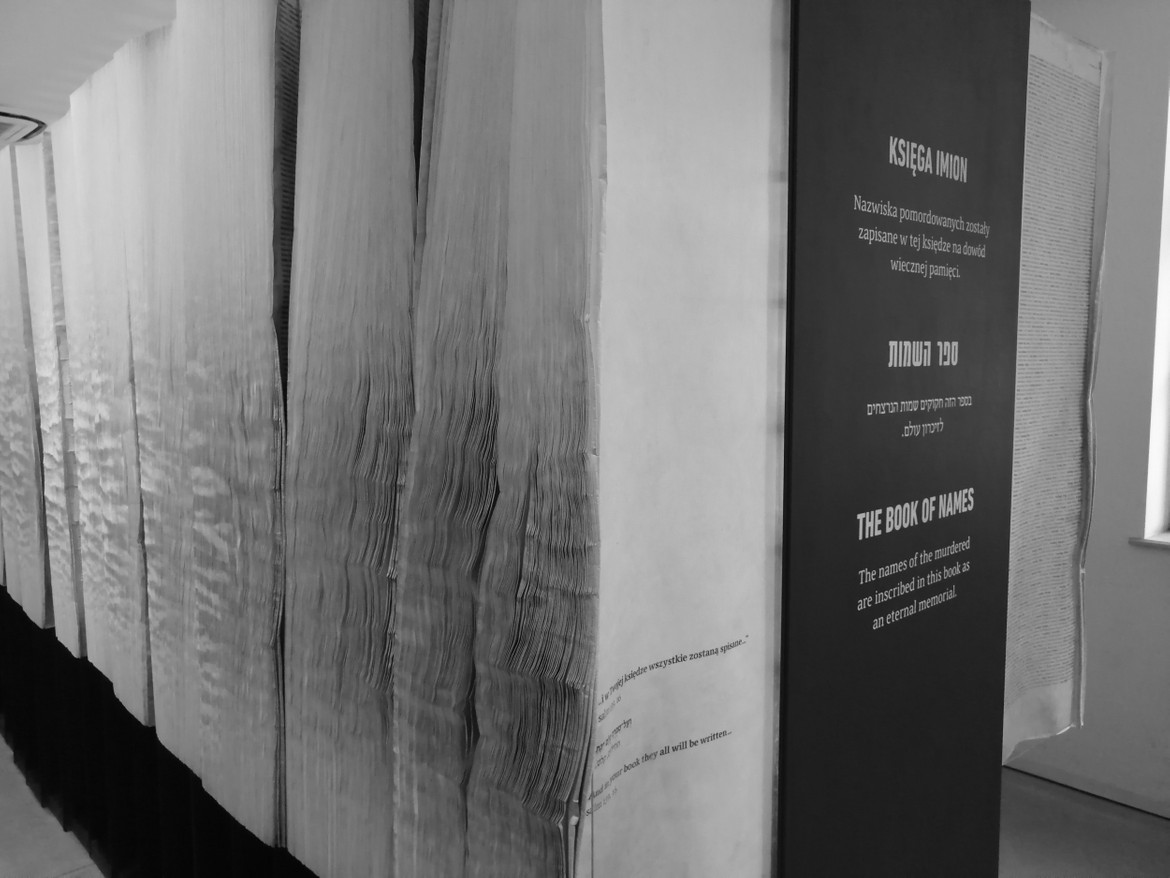
All the exhibitions are in original blocks of Auschwitz I, which was too small after some time and was therefore extended by Auschwitz II in Birkenau. You see standing cells, the death wall where people were shot before the gas chambers were used, gas chambers, crematoriums, and a lot of other traces of torture, medical experiments, and death.
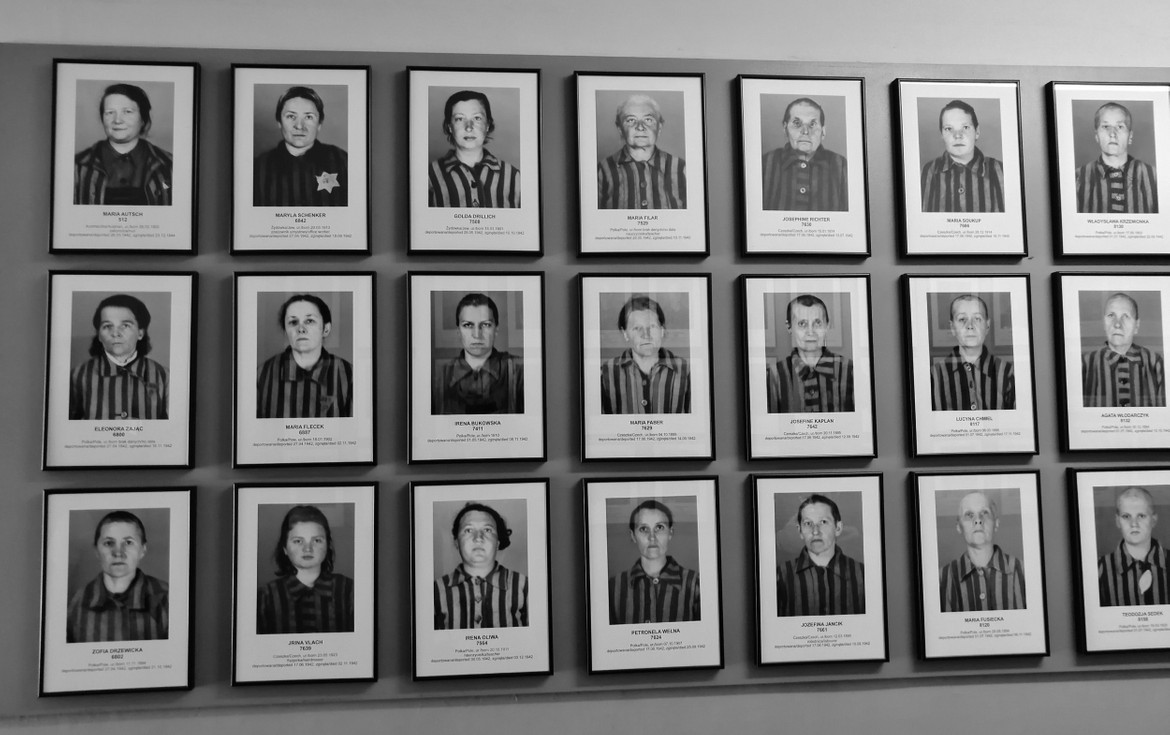
Although, for me, the most difficult part was to see all those pictures of murdered people. Some smile, and at this point in time, most of them can’t imagine what will follow. Human hair of thousands of murdered people fill a room and you could see in all the visitors’ faces that it was noticeably hard for all of us to walk through this graveyard. The scale is unbelievable.
The second camp Auschwitz II in Birkenau is located in a beautiful wetland and forest. The first gas chamber was installed in a small farmer’s house between the trees.
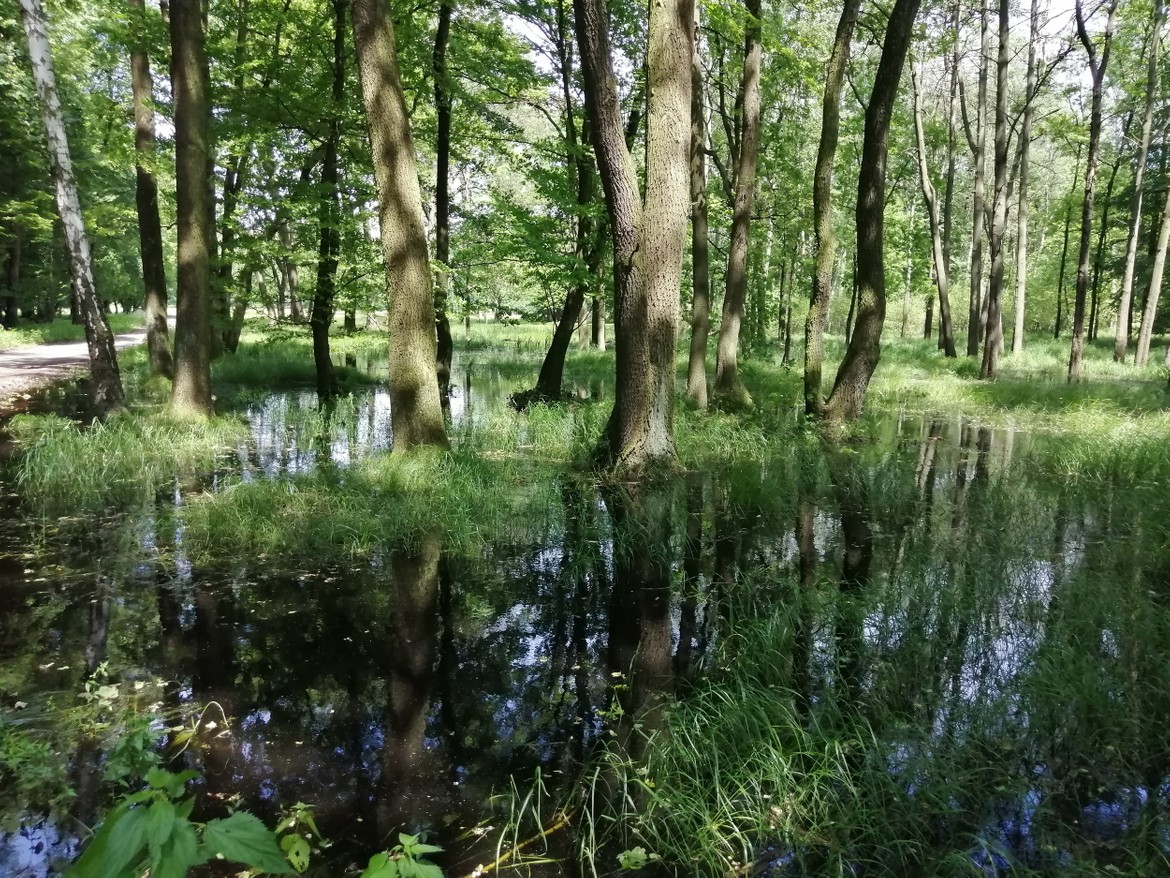
The camp was planned to house 200,000 inmates and around 12,000 people arrived every day on the railway line (Judenrampe), which directly led to the barracks and the gas chambers inside of the camp. There were between 60 and 120 people in every freight wagon and a lot of them did not even survive the way to the camp.
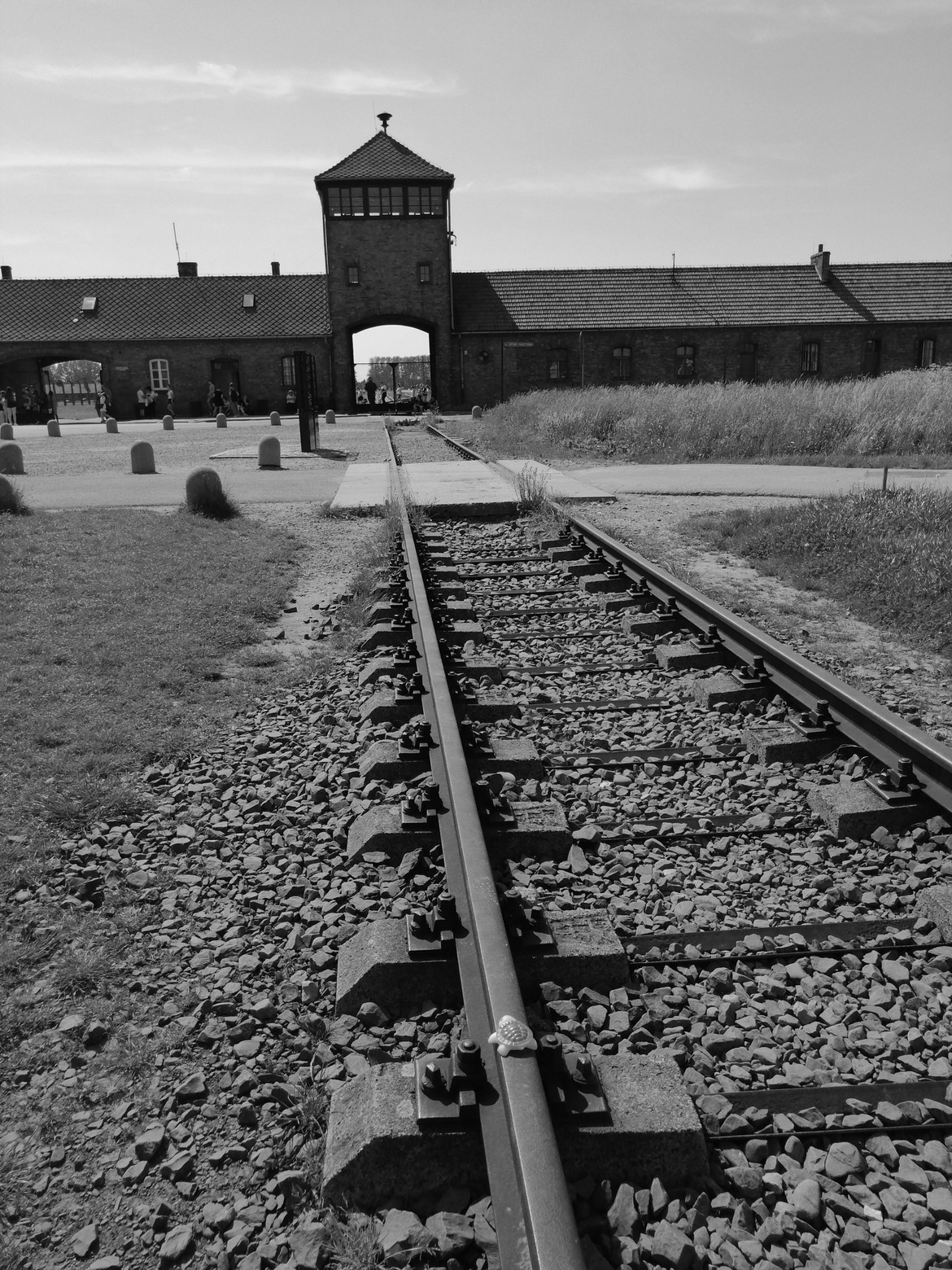
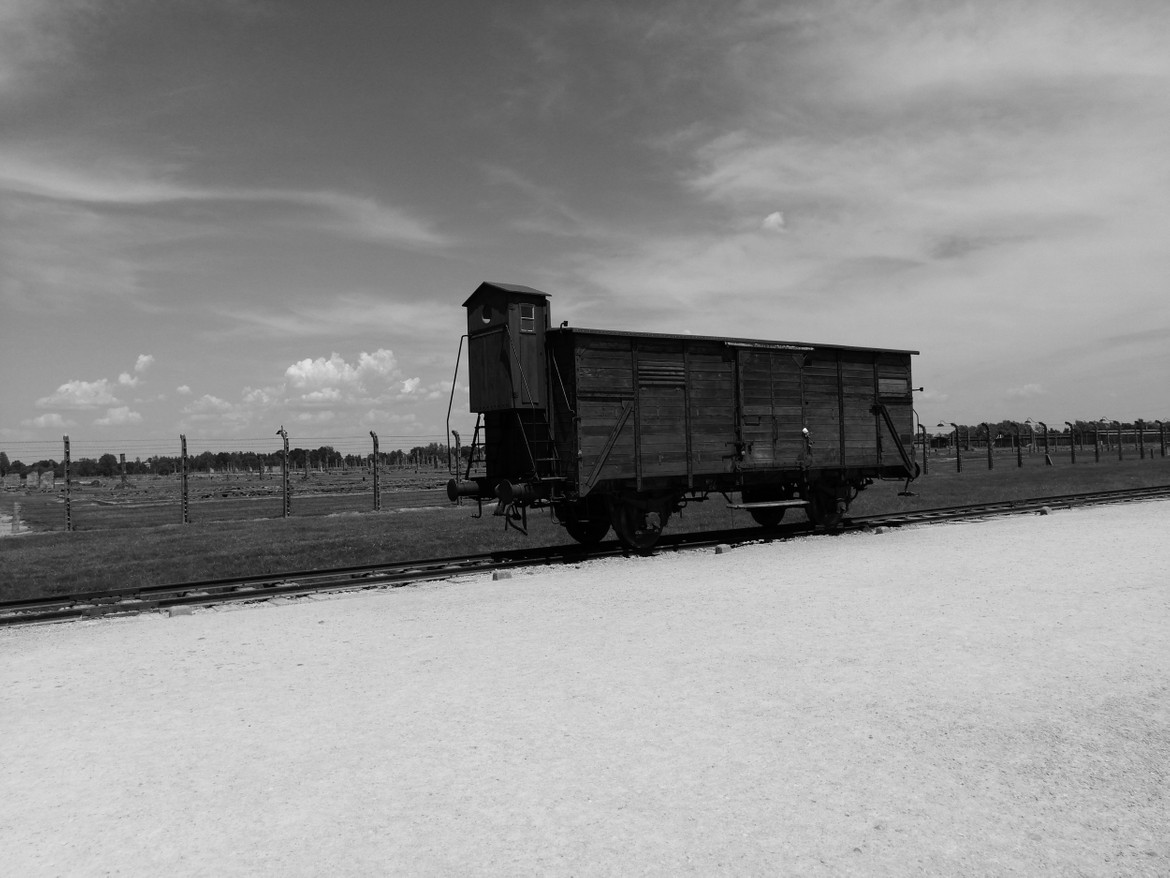
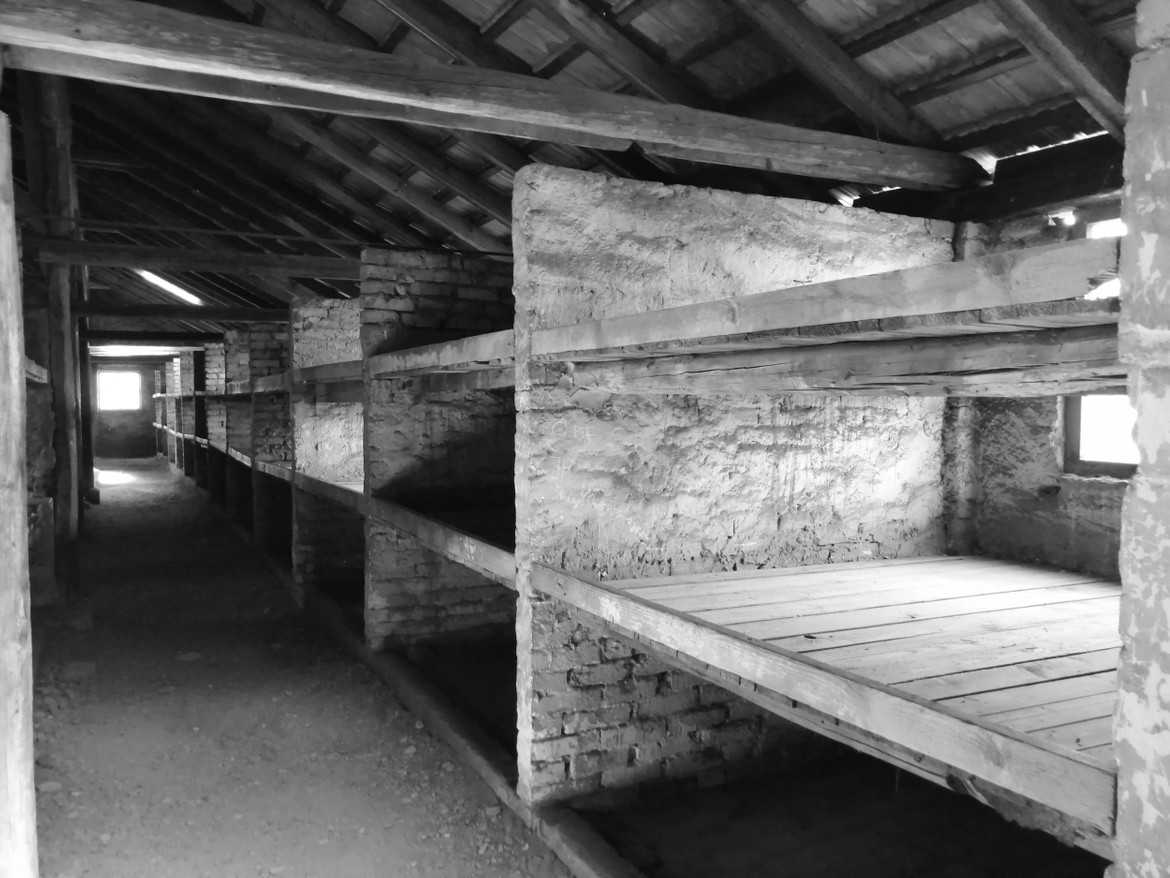
Of the estimated 1.3 million people sent to Auschwitz, at least 1.1 million died, around 90 percent of them Jews. Approximately one in six Jews killed in the Holocaust died at the camp. Others deported to Auschwitz included 150,000 non-Jewish Poles, 23,000 Roma, 15,000 Soviet prisoners of war, 400 Jehovah’s Witnesses, tens of thousands of others of diverse nationalities, and an unknown number of gay men. Many of those not killed in the gas chambers died because of starvation, forced labor, infectious diseases, individual executions, and medical experiments (Wikipedia).
Remembrance
For me, it is even not a question if you should visit Auschwitz. I can just strongly recommend visiting Auschwitz, other memorial sites, or resistance museums. We should never forget that it also started slowly with everyday racism and the acceptance of it.
Remember the past to not repeat it.
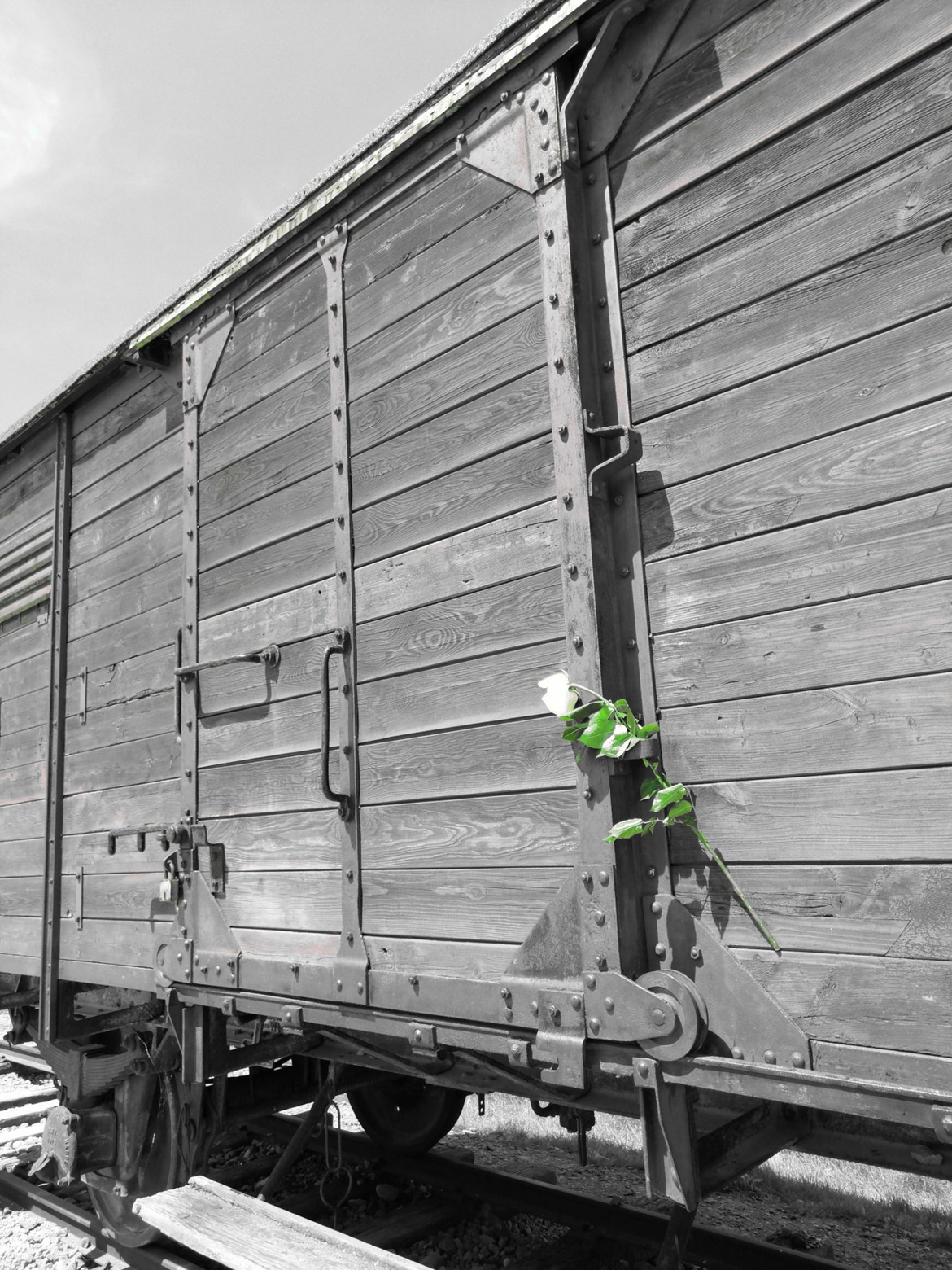
Getting around and Oświęcim today
You get full tour packages including transport for a visit to Auschwitz everywhere. Although if you do not want to have a very rushed experience in Auschwitz, you can also travel on your own. It is quite easy as there are regular direct trains between Krakow or Katowice and Oświęcim (former German name: Auschwitz). Also, a lot of bus operators make sure that you can get around easily. As I traveled on my own, I also had the opportunity to visit Oświęcim, which is a nice little town, located in a beautiful green landscape. If you have a few minutes to spare, I can also recommend you to have a coffee in the old town, which you can reach by walking around 20 minutes along the river from the main station or the Auschwitz memorial/museum.
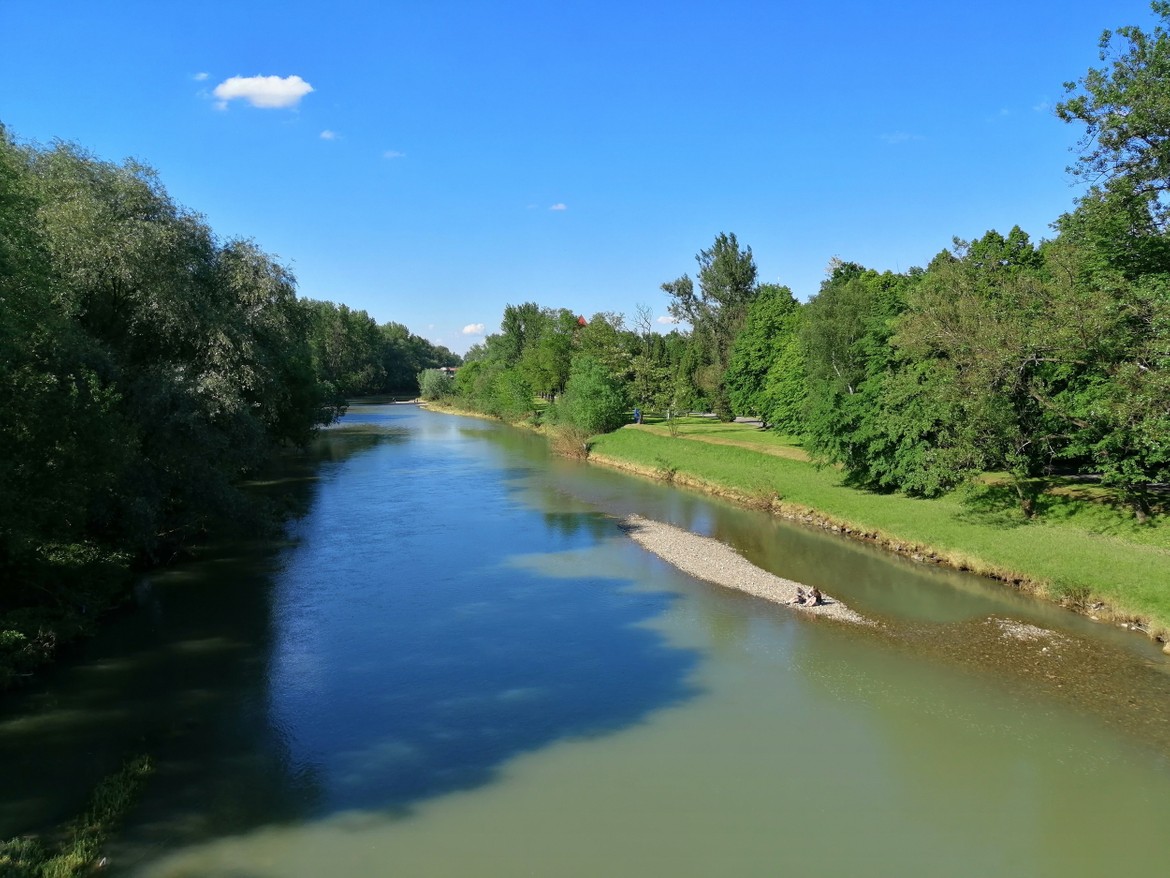
Recommendations to watch:
- Official e-Learning material
- Schindler’s list, Movie, 1993
- Auschwitz: The Nazis and ‘The Final Solution’, BBC documentary, 2005 (also available on Netflix)
-
Drone flght over the camps (BBC)